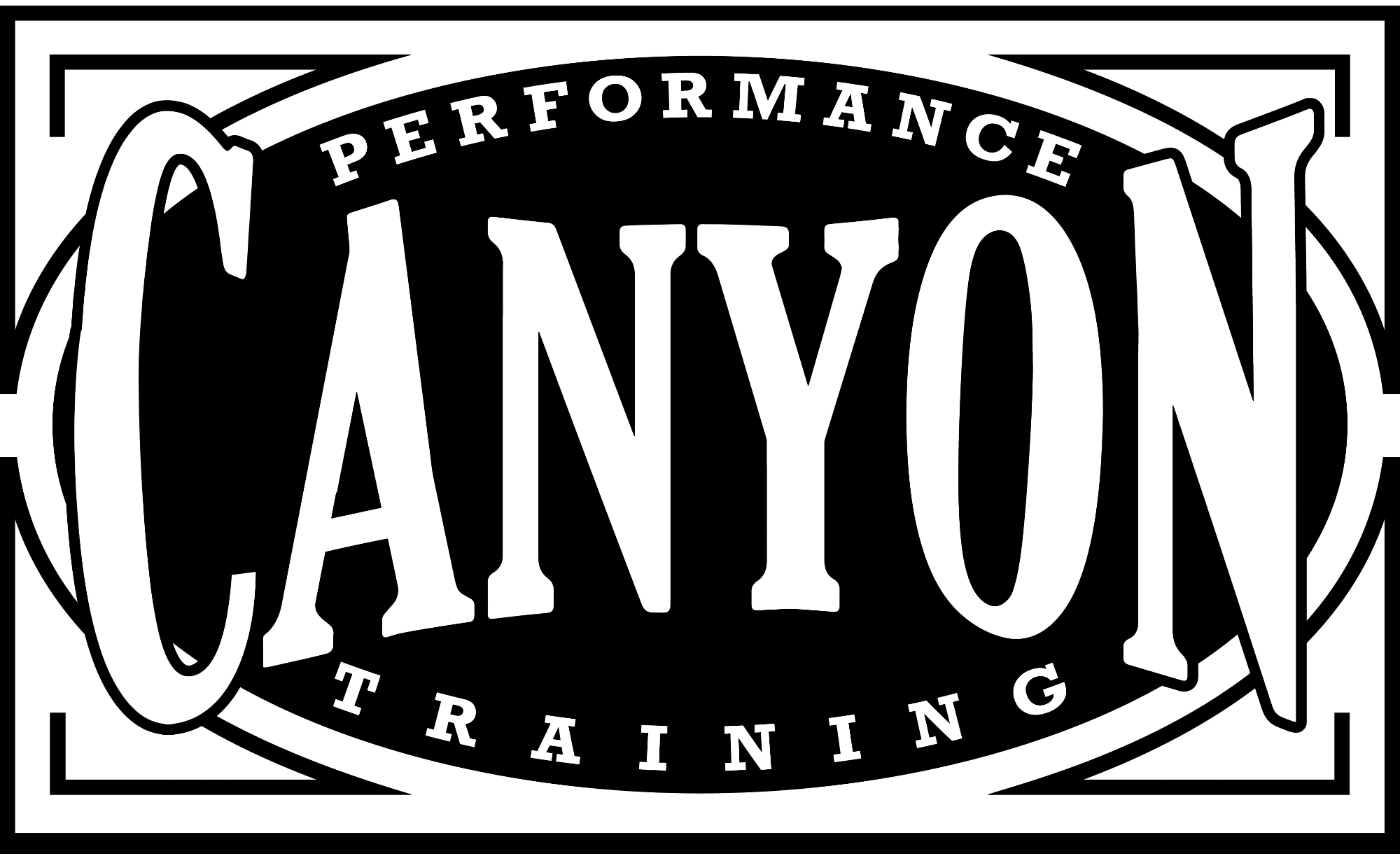 Your body is three-dimensional, and your exercise routine should be, too. Most of the traditional exercises in the training room – squats, bench press, curls, pulldowns, pullups – are in the sagittal plane, the one that splits your body up the middle into left and right sides. But your body moves in an infinite number of planes, with the sagittal and two other planes — front/ back called the frontal plane and top/bottom, called the transverse plane – marking the three major dimensions. Your many muscles that move primarily in those other planes need exercise to stay balanced and stable, avoid injury, and boost performance.
Your body is three-dimensional, and your exercise routine should be, too. Most of the traditional exercises in the training room – squats, bench press, curls, pulldowns, pullups – are in the sagittal plane, the one that splits your body up the middle into left and right sides. But your body moves in an infinite number of planes, with the sagittal and two other planes — front/ back called the frontal plane and top/bottom, called the transverse plane – marking the three major dimensions. Your many muscles that move primarily in those other planes need exercise to stay balanced and stable, avoid injury, and boost performance.
Running straight ahead, for example, is exercise in the sagittal plane, but the muscles that keep you stabilized don’t work in that plane. Swinging a bat is done in the transverse plane, so rotational exercises are important for that activity, such as standing in place with outstretched arms and rotating the shoulders while keeping the hips steady. A football or soccer player’s sideways cuts are in the frontal plane – moving side-ways through a series of cones, and lunging from side to side are good exercises for that activity.
It’s also important to build up your stability, strength, and the neural pathways – sometimes called muscle memory – that help you perform effectively. For example, if you try pushing off with your foot before establishing the stability of your ankle, you’re at much higher risk of a sprained ankle. Trainers and coaches sometimes want to jump to the explosive exercises, but the athlete should begin with stabilizing exercises, then strengthening, and build up to the explosive motion. At that point you’ll be able to push off harder, cut more quickly and perform more safely and effectively. You’ll be a multidimentional athlete.
Questions for parents to ask trainers and sports performance coaches:
- Do you understand the different planes of motion and how they affect sports performance? How are you going to address that?
- How do you guide the athlete through the progression from stabilizing to strengthening to explosive motions? What are the steps you use?
The All-Age Performance Training System™:
All-Age Performance Training includes at least one exercise in the Frontal and Transverse planes in every workout. Each athlete starts with workouts emphasizing stability which adapted to each athlete’s ability. As skills are mastered, the athlete is led through strength and endurance phases and eventually to an explosive phase. Depending on the athlete’s goals and abilities, there are stops along the way to emphasize specific deficiencies, skills, or goals.
Want to learn more about the best exercises for young athletes? Give us your e-mail address to receive more free training tips, special offers and be the first to know about new programs and small groups forming in your area. As a special bonus: receive Coach Tom Dueber’s “5 Critical Steps Every Athlete Should Add to their Off-Season Program,” Free!

